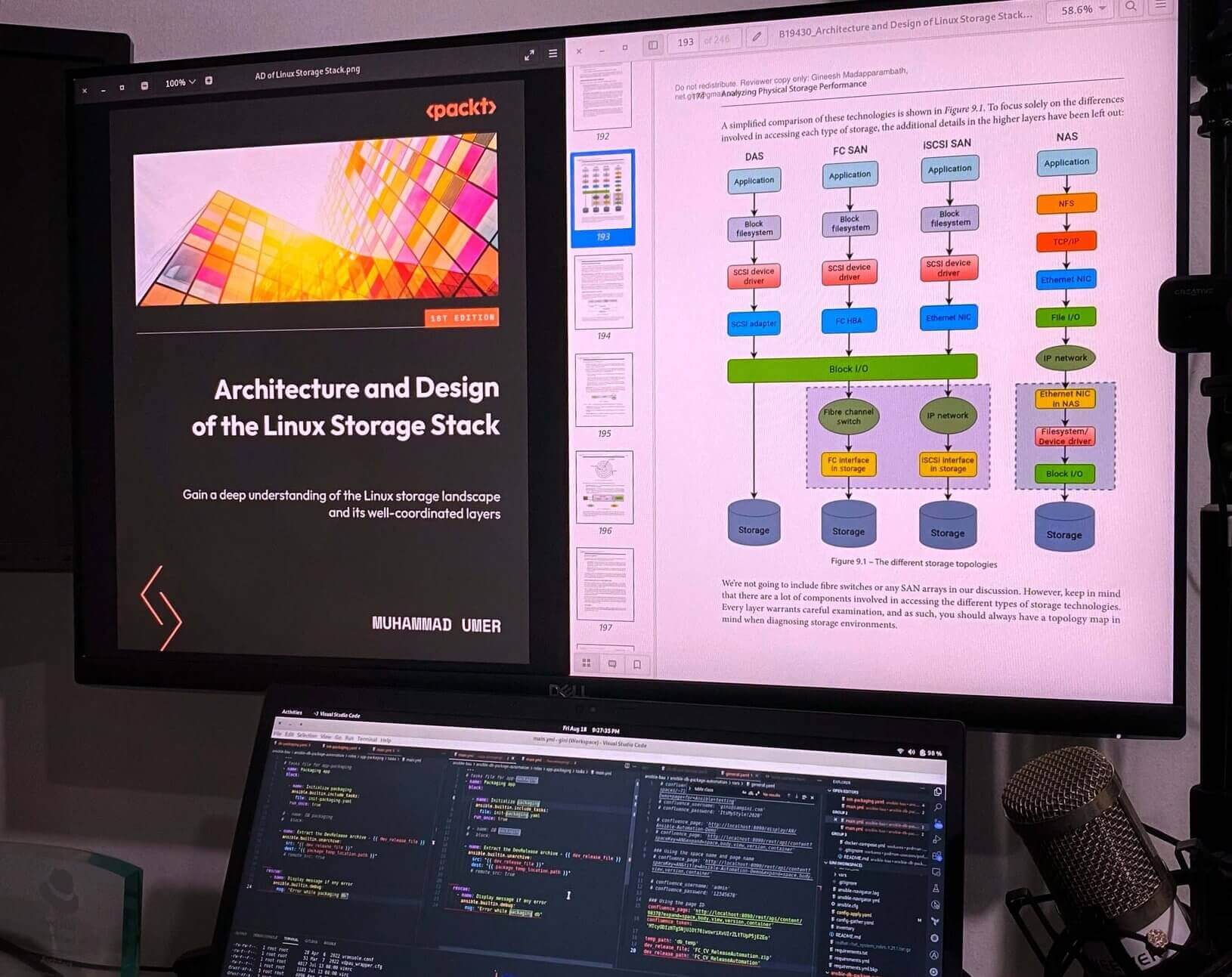Practical applications of large language models
- Editorial
- Artificial intelligence, Cloud, Machine learning
- November 11, 2023

Artificial intelligence is gaining momentum, driving innovation across sectors. What’s fueling this revolution at the moment is the NLP, with the large language models redefining the business of AI. Using natural language processing, these models can master the processing and generation of human language to a degree that no algorithm was capable of until recently.
It’s possible due to a deep learning method that employs a neural network to handle vast training data in a way that mimics the human brain. Between their input and output layers lie multiple hidden layers that process the data before delivering a result, enabling more accurate answers. Thanks to this structure, neural networks are capable of finding the underlying relationship between the data units without any human intervention, powering innovation and discoveries.
What is LLM (large language model)?
Large language models are models of extensive size that employ NLP technology, pre-trained through supervised or semi-supervised learning with vast amounts of data, mainly available on the internet. In a nutshell, their modus operandi is very simple – the model predicts the next word based on the text input . For this mechanism to provide accurate results, you need an enormous dataset. And to process such vast amounts of data as well as host such a complex model, an extensive and scalable infrastructure is essential. OpenAI was the first one that managed to do it on such a scale.
Their ChatGPT was the first multi-purpose LLM language model responding to user prompts without fine-tuning to be released to an open public. However, tech giants quickly followed their creator’s footsteps, developing their own alternatives. Today, the ChatGPT language model has a bunch of competition, including Meta’s LLaMa language model or Google’s PaLM language model applied in Bard.
How can the LLM machine learning model be used? LLM technology business use cases
With its capability to process human language to a greater degree, LLM software can offload companies on various everyday tasks, particularly the most repetitive and monotonous ones.
Streamlining customer service office
Any company that deals with clients on a daily basis can employ a large language model to take over customer-care-related tasks. The model can become a sort of a company’s “ superbrain “, finding the most relevant information from the database and providing it to the customer agent or directly to the customer, whether it’s about the policies, products, or claim processing.
The models can enter into conversations with the customers, helping them solve the most common problems while the agents take care of more complex tasks. As they are getting better and better, these interactions are becoming increasingly natural, and thus, contribute to better experience.
Improving customer experience
That leads us to another benefit the LLMs can bring. Having the capability to process large amounts of text data and understand its context, the model can analyze emails, surveys, feedback, and other relevant content, searching for areas for improvement and identifying often underlying issues that affect retention negatively. The LLM can also learn about the specific customer group or a particular client and suggest the most suitable answers and offers to the employees that handle them, increasing the chances of sales and upselling.
Streamlining onboarding and offloading HR
Large language models can also serve internal purposes, helping employees find relevant information instead of digging through the pile of corporate materials or waiting for HR’s response. This way, it unblocks HR’s resources while reducing the information silos.
Note
Disclaimer: The views expressed and the content shared in all published articles on this website are solely those of the respective authors, and they do not necessarily reflect the views of the author’s employer or the techbeatly platform. We strive to ensure the accuracy and validity of the content published on our website. However, we cannot guarantee the absolute correctness or completeness of the information provided. It is the responsibility of the readers and users of this website to verify the accuracy and appropriateness of any information or opinions expressed within the articles. If you come across any content that you believe to be incorrect or invalid, please contact us immediately so that we can address the issue promptly.

